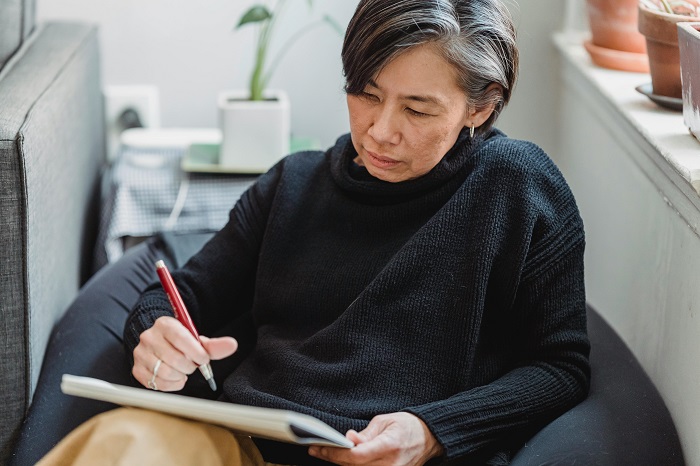Draw a mummy in just six easy steps! In antique Egypt, mummification was a typical approach to maintaining the over. In modern times, many such mummies have been discovered, and it didn’t take long for them to become a common type of monster appearing in many forms of media.
It’s a genuinely classic monster design, but even though we’ve all seen a living mummy at one time or another, learning how to draw a mummy can still be tricky. However, this guide is here to help! In the end, you will know everything you need to know about easy drawing. Our step-by-step guide on drawing a mummy will show you that it can be fun and easy to recreate one of these scary monsters in six easy steps. pencil drawings
How To Draw A Mummy – Allows Reach Initiated!
Step 1
To start this guide on how to draw a mummy, we’ll start with the head first. Mummies were typically wrapped in many strips of fabric, so we’ll be removing many of these strips throughout this guide. Use curved lines to draw the mummy’s head covered with these thin strips, but remember to leave the lower half of the face uncovered. We will also leave some space in the fabric near the eyes, drawing them as two empty rounded shapes. Next, remove the nasal cavity and add a mouth full of teeth below. Finally, use more rounded lines to draw the colored clothes covering the mummy’s shoulders.
Step 2: Now remove your mother’s first writing in this measure.
In this double portion of your mummy illustration, we will draw the first indicator of the demon. Before you start drawing the details of this hand, you can use a pencil to mark the general outline of this hand on the left. Once you have removed this outline, you can then use your pen or a darker pencil to draw the strips of fabric wrapped around it. There will also be a small bracelet above the wrist that you can draw with smooth lines. It will then be stretched to drag on to dance 3 of the manual!
Step 3: Followership, drag the other element and part of the bin.
For this step of our guide to drawing a mummy, we will add the other arm to it while starting to draw the mummy’s chest. First, for this second hand, you can use a method similar to the one you used for the previous hand because this one will be set up very similarly to that one. Next, we will draw the chest for the mummy. Like numerous other parts of the mummy, this body piece will be bounded by thin textile stripes. You can also outline with a pencil and then go over with a pen for more detail on that part.
Step 4: Now draw the first leg and the skirt.
Continuing with this drawing of the mummy, we will now add the first leg with the skirt-like garment she is wearing. We’ll start with that, and there will be a belt made up of a few small rectangular shapes above it. Next, we’ll draw the skirt with solid, slightly curved contour lines. It will also have a few lines on the inside, giving it a bit of a stitched look.
Finally, we will draw the first leg of the mummy. Again, you can draw outlines with a pencil and then pull the details of the fabric to make it easier for you. Once you’ve removed those aspects, we’ll be ready for some final elements in the next step!
Step 5: Add Final Details to Your Mummy Drawing
You are now ready to complete the final elements of your picture in this step of our guide on how to draw a mummy. This will prepare you for the last step, where you will color your image. First, we’ll add another leg to the mummy. Just draw this one the same way you did the other leg, then you can add additional, more minor details. Before moving on to the final step, don’t forget to add any background details you might enjoy! Possibly you could remove some pyramids or a desert in the environment for pictures. What else can you see to achieve this mummy?
Step 6: Finish your mummy drawing with paint.
In this final step of drawing your mummy, you can finish it with paint. In our reference image, we opted for light brown and beige colors for the fabric covers. We then used a darker brown color for the middle and bottom areas.

